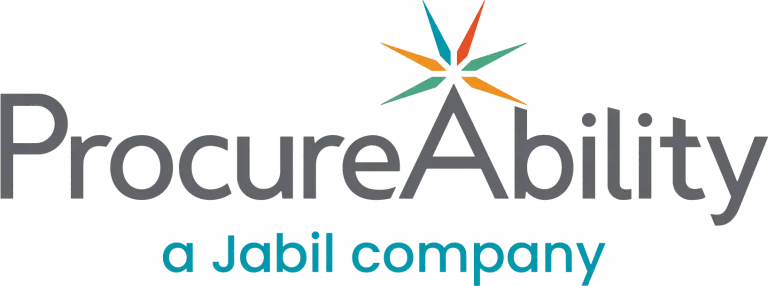
Understanding the difference between hard and soft savings is a key responsibility for procurement teams. Although organizations may use different measurement methods, establishing a consistent approach is essential. This consistency helps track results more accurately and clearly demonstrate procurement’s true value.
What Are Hard Cost Savings?
Hard savings are direct and measurable reductions that immediately affect the bottom line. They typically result from actions such as bulk purchase discounts, negotiated price reductions, or streamlined processes that improve efficiency. For instance, lowering baseline spend, securing volume rebates, or achieving price cuts from suppliers all count as hard savings. Because these savings appear in financial statements, they are easy to verify and often serve as a primary measure of procurement performance.
What Are Soft Cost Savings or Cost Avoidance?
In contrast, soft savings—or cost avoidance—refer to efforts that prevent future costs rather than reduce current spend. While these savings may not show up immediately in financial reports, they play an important role in protecting budgets and improving long-term efficiency. For example, procurement might negotiate free supplier training, secure fixed pricing within contracts, or implement process improvements that enhance productivity. Over time, these actions help offset inflation, avoid unnecessary expenses, and strengthen supplier value.
Balancing Both to Maximize Procurement Value
Although hard savings often receive the most attention due to their direct financial impact, procurement teams should also track soft savings. By doing so, they can capture a more complete picture of their contribution to the organization. Furthermore, balancing both types of savings allows teams to demonstrate value across multiple dimensions—cost reduction, efficiency, and risk management.
To achieve this balance, procurement, finance, and executive leaders must work closely together. Through regular collaboration and alignment on definitions, they can establish clear measurement standards and ensure transparency. As a result, organizations gain a more accurate view of procurement’s total impact—from immediate savings to long-term operational gains.
Maximizing Procurement Impact with Clear Savings and Alignment
In today’s dynamic business environment, understanding both hard and soft savings is more important than ever. By standardizing measurement methods and fostering stronger cross-functional alignment, procurement can communicate its value more clearly and support better decision-making. Ultimately, this approach not only improves cost control but also enhances efficiency, resilience, and strategic impact across the organization.



